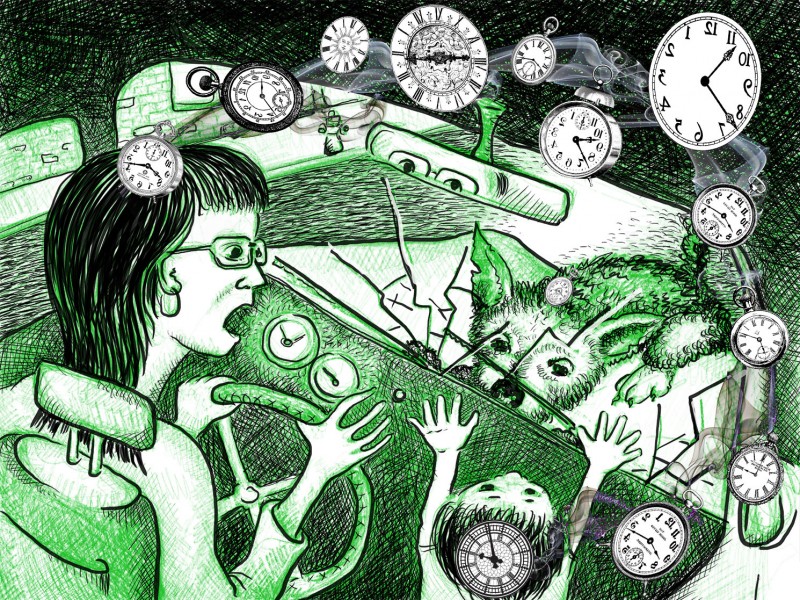BBC Staff, (2005). “Why good dancers are attractive.” BBC News. Retrieved on 11 October, 2010: http://news.bbc.co.uk/2/hi/health/4550000.stm Summary: A song accompanied by an incredible dance can be an exhilarating experience. We have always loved our dancers who rhythmically move their bodies to music. According to this article we not only love them, but find them attractive too. Our mind is biased to seek partners who have symmetry, and good dancers tend to be symmetrical. So by transitivity and motion-capture cameras researchers from the Rutgers university have established that good dancers are attractive. Charles Darwin suggested that dance was part of courtship ritual in various species. Yet another research by Dr William Brown suggests that women tend to be more selective when choosing a mate as they bear the majority of childcare burden. So they might seeks partners who exhibit better symmetry as it projects a partner who can be confident and assertive. As researchers have established that symmetry is a trait we might passively observe, designers can exploit this trait of ours. Conceptual Design: Given that we find symmetrical people attractive, we can extend this objects to as well. Symmetry is one such quality where we dont want it explicitly, but…
There's a word for that?
A Dictionary of Cool Words That Hide True Feelings & Meanings from Parents Many of the strange vocabulary words, that…
Read more →




